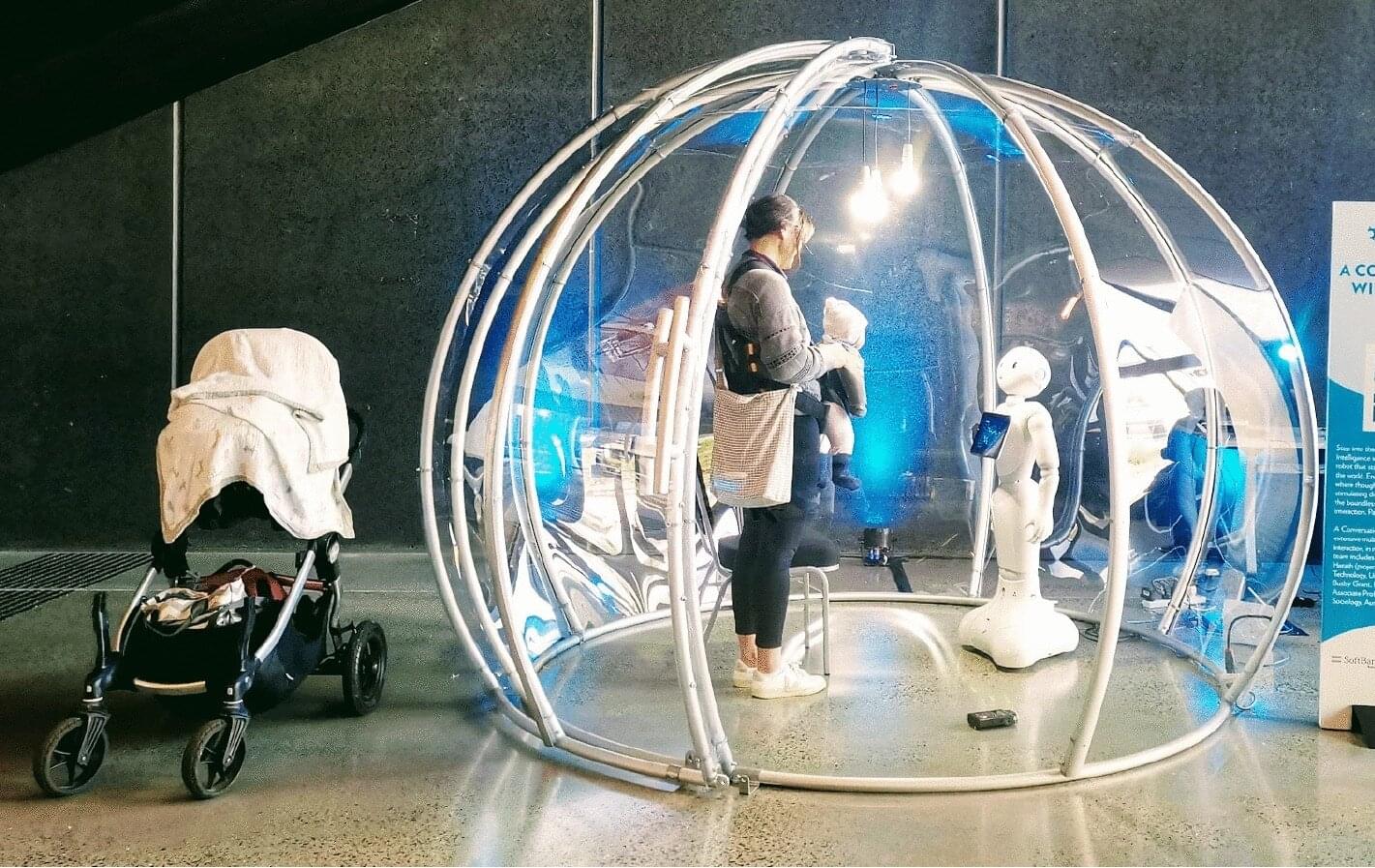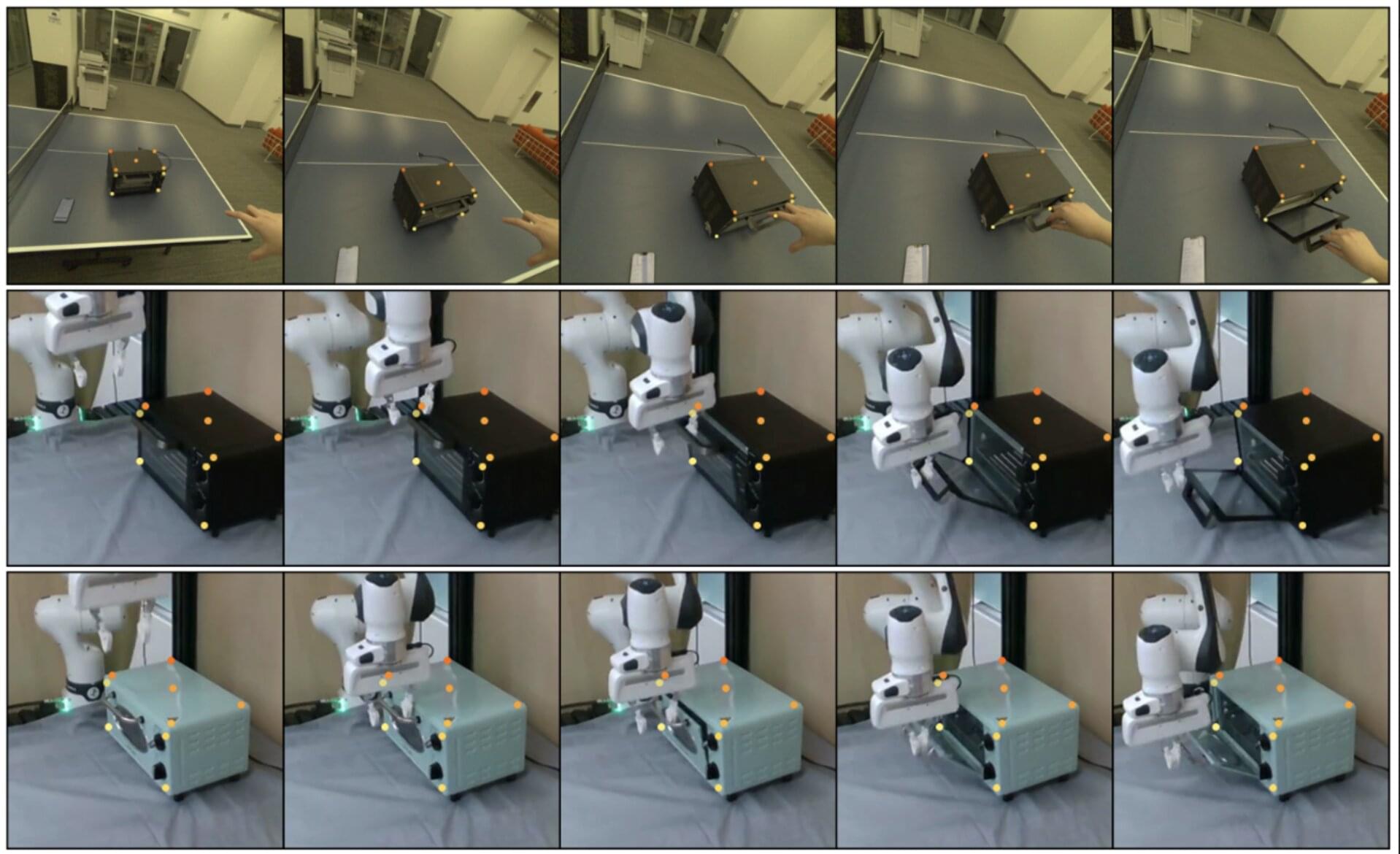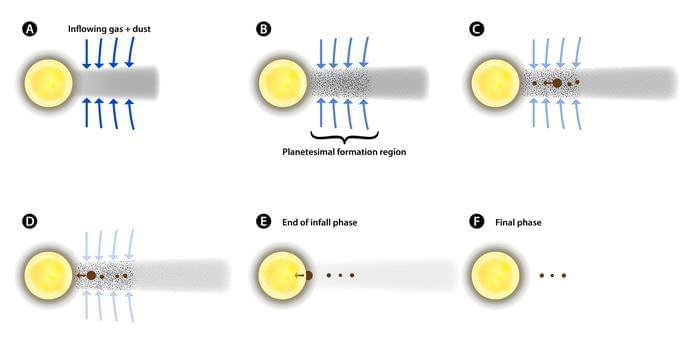MIT engineers developed an atmospheric water harvester that captures water vapor and produces safe drinking water across a range of relative humidities, including dry desert air.





As companies such as Elon Musk’s Neuralink begin human trials of high-risk brain implants, a new proposal calls for a major change in how the U.S. handles injuries caused by the devices.
The article published in Science suggests a “no-fault” compensation program to help patients harmed by devices like brain-computer interfaces (BCIs)—even when no one is legally at fault.
These devices, which are implanted in the brain to treat serious conditions like epilepsy or paralysis, can offer life-changing benefits. But they also come with serious risks such as seizures, strokes or even death. And when something goes wrong, patients often have no way to get help or compensation.

In recent years, ADCs have emerged as a transformative therapeutic modality in oncology, offering a promising avenue for the treatment of bladder cancer. ADCs combine the specificity of monoclonal antibodies with the potent cytotoxicity of chemotherapeutic agents, enabling targeted delivery of payloads to tumor cells while sparing healthy tissues. This unique mechanism of action has led to significant advancements in the treatment landscape, particularly for cancers that are resistant to conventional therapies (5). In bladder cancer, ADCs have demonstrated remarkable efficacy by targeting specific tumor-associated antigens, such as nectin-4 and HER2, thereby inducing tumor cell apoptosis and inhibiting metastasis. For example, Enfortumab vedotin (targeting NECTIN-4) achieved a median overall survival of 12.9 months in the EV-301 trial (vs. 9.0 months with chemotherapy) (6). Similarly, trastuzumab deruxtecan, a HER2-directed ADC, has demonstrated promising antitumor activity in HER2-expressing bladder cancer (7), offering a potential therapeutic option for this subset of patients.
Despite these promising developments, several challenges persist in the clinical application of ADCs for bladder cancer. Key issues include the durability of therapeutic responses, the management of off-target toxicities, and the heterogeneity of antigen expression across different patient subtypes (8). Moreover, the optimal integration of ADCs with existing treatment paradigms, such as immune checkpoint inhibitors and chemotherapy, remains an area of active investigation (9). Addressing these challenges is crucial for maximizing the therapeutic potential of ADCs and improving patient outcomes.
This study provides a comprehensive evaluation of the current landscape of ADC-based therapies for bladder cancer, with a focus on their mechanisms of action, clinical efficacy, and safety profiles. We systematically review ongoing clinical trials, highlighting the most promising ADC candidates and their respective targets. Furthermore, we explore emerging strategies to enhance the precision and durability of ADC therapies, including the development of novel linkers, payloads, and antibody engineering techniques. By synthesizing the latest clinical data, this review aims to offer valuable insights into the future directions of ADC research and their potential to revolutionize bladder cancer treatment. Our findings underscore the importance of continued innovation in ADC technology and the need for personalized approaches to overcome the limitations of current therapies, ultimately paving the way for more effective and safer treatment options for patients with bladder cancer.

A team of roboticists at the University of Canberra’s Collaborative Robotics Lab, working with a sociologist colleague from The Australian National University, has found humans interacting with an LLM-enabled humanoid robot had mixed reactions. In their paper published in the journal Scientific Reports, the group describes what they saw as they watched interactions between an LLM-enabled humanoid robot posted at an innovation festival and reviewed feedback given by people participating in the interactions.
Over the past couple of years, LLMs such as ChatGPT have taken the world by storm, with some going so far as to suggest that the new technology will soon make many human workers obsolete. Despite such fears, scientists continue to improve such technology, sometimes employing it in new places—such as inside an existing humanoid robot. That is what the team in Australia did—they added ChatGPT to the interaction facilities of a robot named Pepper and then posted the robot at an innovation festival in Canberra, where attendees were encouraged to interact with it.
Before it was given an LLM, Pepper was already capable of moving around autonomously and interacting with people on a relatively simple level. One of its hallmarks is its ability to maintain eye contact. Such abilities, the team suggested, made the robot a good target for testing human interactions with LLM-enabled humanoid robots “in the wild.”
#neuralnetworks #videogeneration #VFX #generativevideo

Over the past few decades, robots have gradually started making their way into various real-world settings, including some malls, airports and hospitals, as well as a few offices and households.
For robots to be deployed on a larger scale, serving as reliable everyday assistants, they should be able to complete a wide range of common manual tasks and chores, such as cleaning, washing the dishes, cooking and doing the laundry.
Training machine learning algorithms that allow robots to successfully complete these tasks can be challenging, as it often requires extensive annotated data and/or demonstration videos showing humans the tasks. Devising more effective methods to collect data to train robotics algorithms could thus be highly advantageous, as it could help to further broaden the capabilities of robots.

